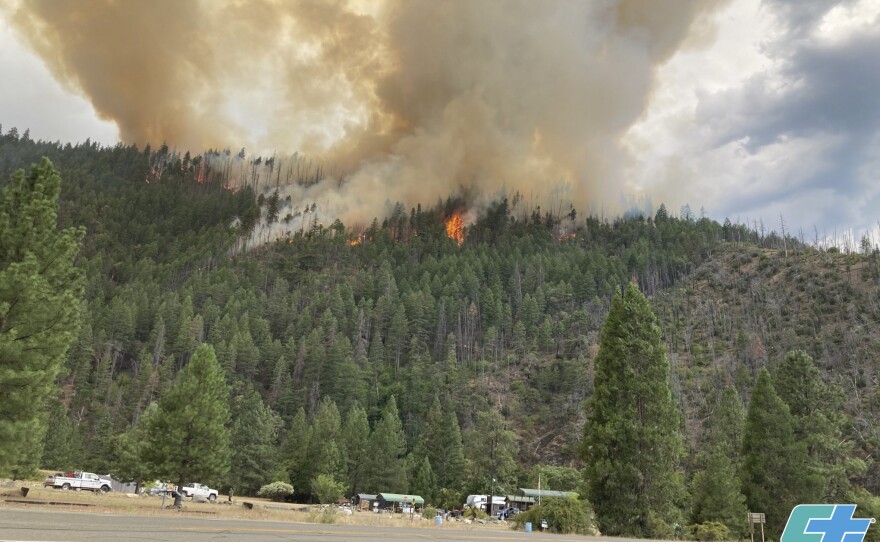A new plan from California's insurance commissioner aims to stop the nation's top insurers from leaving the wildfire-prone state by letting them consider climate risks when setting their prices.
Unlike most states, California tightly restricts how insurance companies can price policies. Companies aren't allowed to factor in current or future risks when deciding how much to charge for an insurance policy. Instead, they can only consider what's happened in the past on a property to set the price.
At a time when climate change is making wildfires, floods and windstorms more common, insurers say that restriction is making it increasingly difficult for them to truly price the risk on properties. It’s one reason why, in the past year, seven of California’s top insurance companies have paused or restricted new business in the state.
A recent report from First Street Foundation said about one-quarter of all homes in the nation are underpriced for climate risk in insurance.
On Thursday, California Insurance Commissioner Ricardo Lara said the state will write new rules to let insurers look to the future when setting their rates. But companies will only get to do this if they agree to write more policies for homeowners who live in areas with the most risk — including communities threatened by wildfires.
“Everyone is harmed if an insurance company goes insolvent because it cannot pay its claims,” Lara said at a news conference.
The rule change could mean higher rates for homeowners who are already seeing dramatic increases. But looking to the future to set rates doesn't have to always be pessimistic. Insurers can also consider the billions of dollars the state has spent to better manage forests and make homes more resistant to wildfires — all things insurers aren't allowed to consider when setting rates under the current rules. They could also consider things like whether power lines have been put under ground in an effort to reduce risk.
‘I think something had to give," said Amy Bach, executive director of United Policyholders, a national insurance consumer organization. “We’ll have to see what happens to rates.”
Other states already let insurers do this, most notably Florida, although that state does have restrictions on how much they can do it. States with less regulated insurance markets have insurers who build current and future events into their models.
Some consumer groups, including the nonprofit Consumer Watchdog in California, say they are not opposed to insurance companies using a model to look to the future to set their rates. But they want to see what is in that model. It's not clear if California's new rules will allow that. State regulators will spend much of the next year deciding what the rule will be.








